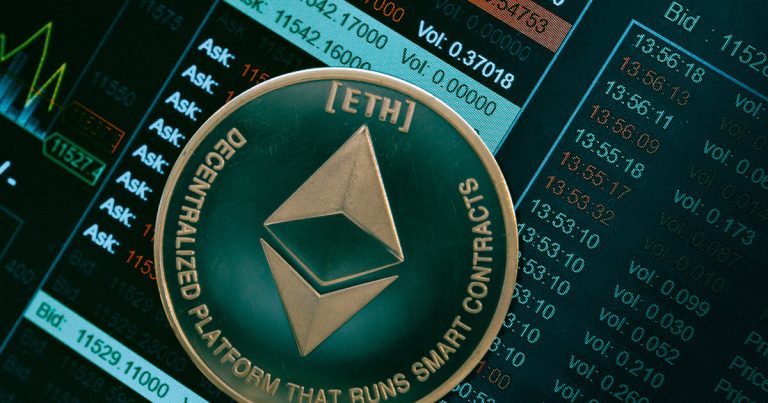
U.S. Securities and Exchange Commission approved options trading on multiple spot Ethereum (ETH) exchange-traded funds (ETFs). This decision allows investors to trade options on ETFs such as BlackRock’s iShares Ethereum Trust (ETHA), Bitwise Ethereum ETF (ETHW), Grayscale Ethereum Trust (ETHE), Grayscale Ethereum Mini Trust (ETH), and Fidelity Ethereum Fund (FETH). Options trading provides investors with a tool to speculate on Ethereum’s price movements or hedge their positions without directly owning the underlying asset, potentially broadening the appeal of these ETFs, especially among institutional traders.
This approval builds on the SEC’s earlier authorization of spot Ethereum ETFs, which began trading in July 2024 after initial listing approvals in May 2024. The options are physically settled with American-style exercise, meaning investors receive actual ETF shares upon exercising the contracts, and they adhere to standard exchange listing rules. To mitigate risks like market manipulation, exchanges like Nasdaq have set position and exercise limits, such as a cap of 25,000 contracts. This development reflects a growing acceptance of cryptocurrency-based financial products within regulated markets, following a similar approval for options on spot Bitcoin ETFs in late 2024.
Options trading provides a familiar and regulated tool for institutional investors to engage with Ethereum exposure. This could attract more hedge funds, asset managers, and other large players who prefer derivatives for risk management or leveraged strategies. Individual investors gain a new way to speculate on Ethereum’s price or hedge existing positions without needing to directly hold ETH or ETF shares, potentially boosting retail participation through brokerage platforms.
Register for Tekedia Mini-MBA edition 19 (Feb 9 – May 2, 2026): big discounts for early bird.
Tekedia AI in Business Masterclass opens registrations.
Join Tekedia Capital Syndicate and co-invest in great global startups.
Register for Tekedia AI Lab: From Technical Design to Deployment (next edition begins Jan 24 2026).
Options markets often deepen liquidity for the underlying asset (in this case, Ethereum ETFs). Increased trading activity could stabilize ETF prices and, indirectly, Ethereum itself, as options facilitate more efficient price discovery. The interplay between spot ETFs and their options could create tighter spreads and reduce volatility over time, mirroring patterns seen in traditional equity markets.
Investors holding spot Ethereum ETFs can use options (e.g., puts) to protect against downside risk, making these products more appealing to risk-averse participants. Call options allow traders to amplify gains with limited capital, which could drive speculative interest, especially in a volatile asset like Ethereum. However, this also heightens the potential for losses.
Broader Crypto Market Impact
Regulatory approval of Ethereum ETF options further legitimizes cryptocurrency as an asset class within traditional finance, following the precedent set by Bitcoin ETF options. This could encourage more crypto-based financial products in the future. Increased demand for ETF shares (to settle options contracts) might prop up Ethereum’s price, especially if institutional buying accelerates. Conversely, heavy shorting via options could exert downward pressure during bearish sentiment.
The SEC’s approval, paired with exchange safeguards like position limits (e.g., 25,000 contracts), signals a balanced approach to innovation and risk mitigation. This could pave the way for options on other crypto ETFs if manipulation concerns remain low. High volatility or unexpected market events tied to these options could prompt stricter regulations, especially if retail investors suffer significant losses.
Issuers like BlackRock, Grayscale, and Fidelity may compete more aggressively on fees, marketing, or additional features to capture options-driven demand, benefiting investors with better products. Success here could spur development of other Ethereum-linked derivatives (e.g., futures enhancements), further integrating crypto into mainstream finance. While options can dampen volatility long-term, their introduction might initially amplify price swings as traders adjust strategies.
Ethereum’s sensitivity to macro factors (e.g., interest rates, tech sentiment) could exaggerate this effect. This move marks a milestone in bridging crypto and traditional markets, likely boosting Ethereum’s adoption and market sophistication. However, it also introduces new dynamics—greater leverage, speculative potential, and regulatory attention—that could shape Ethereum’s trajectory in unpredictable ways. Investors should weigh these tools’ benefits against their risks, especially given crypto’s inherent volatility.



